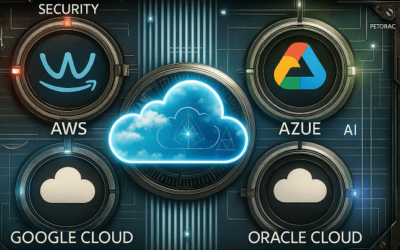
Tailor-made services for your virtualization project
Bringing virtualization expertise to every stage of your projects since 1999, from conception to completion
Tailor-made services for your virtualization project
Bringing virtualization expertise to every stage of your projects since 1999, from conception to completion.
OUR EXPERTISE

Virtualization
Empower your virtualization projects with our comprehensive toolbox, leveraging our expertise in streamlining and securing corporate Information Systems.

Storage
Streamline and enhance the management of data and transactional applications, virtualized environments, and secondary storage.

Security & high availability
Ensuring data security is a top priority for companies. Experience fast and uninterrupted access to your data.

Business recovery plan
Implementing a Business Recovery and Continuity Plan for maintaining IT infrastructure functionality during crises.


WHY INSIA ?

Virtualization experts since 1999
Client centric project mode approach

Citrix platinum partner & trusted network
TESTIMONIALS
INSIA is a partner control from start to finish Citrix technology and doesn’t stop at the simple implementation of a server.
INSIA generates accompaniment on the entire project, both the reflection on the information system on the development of software and applications or the management of user profiles. INSIA has demonstrated its expertise and responsiveness to a variety of issues.
BLOGS
AI in Intrusion Detection: Hype, Reality, and What Actually Works
Cyber threats aren’t slowing down — they’re evolving faster than ever. As attackers get more creative, businesses need...
Tehama & Microsoft: A Strategic Alliance That’s Reshaping Cloud Cybersecurity
As cyber threats grow more sophisticated and regulatory demands tighten, businesses need to rethink how they secure...
AWS, Azure, Google Cloud, Oracle: Which Cloud Provider Should You Choose in 2025?
Le marché du cloud computing est en constante évolution, et choisir le bon fournisseur peut être un vrai défi. Voici...








